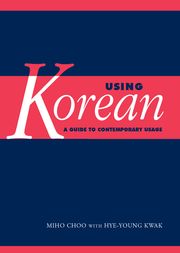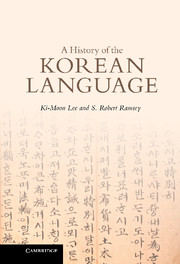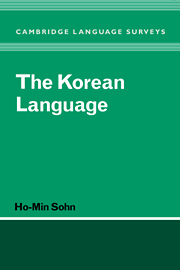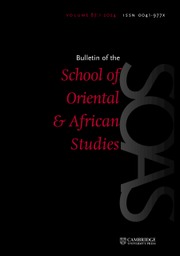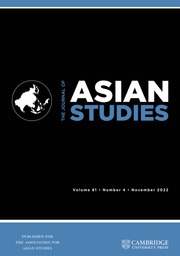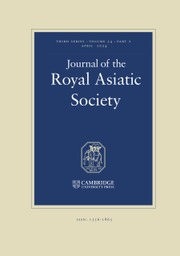Using Korean
This is a guide to Korean language usage for students who have already acquired the basics of the language and wish to extend their knowledge and organise accumulated bits of information into a comprehensive picture. It is designed to promote the fluency and accuracy vital to effective communication, provides excellent coverage of proverbs, idioms, and sound symbolism, is tailored to the needs of the English-speaking user, and will be invaluable to anyone requiring up-to-date guidance on points of grammar and vocabulary. Unlike conventional grammars, it highlights those areas of vocabulary and grammar which cause most difficulty to English speakers. Special attention is given throughout the book to the appropriateness of different language styles in various situational contexts. Clear, readable, and easy to consult, it is essential for all those who wish to take their Korean beyond the beginner's level.
- Focuses on how Korean language is used in different situations
- Extensive use of examples to illustrate authentic and natural speech
- Clear explanations that are accessible to students with no training in language analysis
Reviews & endorsements
'Clear, readable and easy to consult …' The Times Higher Education Supplement
Product details
May 2008Paperback
9780521667883
336 pages
240 × 170 × 20 mm
0.63kg
Available
Table of Contents
- Style and Usage:
- 1. Sentence endings
- 2. Honorifics
- 3. Address terms and pronouns
- 4. Language for daily situations
- 5. Conversational bridges
- 6. Softening strategies
- 7. Local dialects
- 8. Written versus spoken language
- Vocabulary:
- 9. Native and borrowed words
- 10. Word formation
- 11. Some vocabulary contrasts
- 12. Proverbs and idioms
- 13. Sound symbolism
- 14. Numbers
- Grammar:
- 15. Verb types
- 16. Tense and aspect
- 17. Modality
- 18. Negation
- 19. Particles
- 20. Comparison
- 21. Conjunctives
- 22. Complex sentences.

